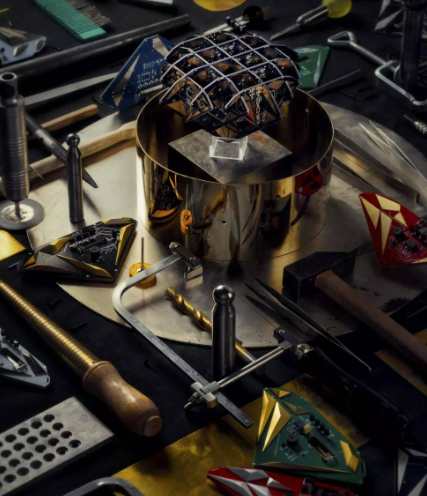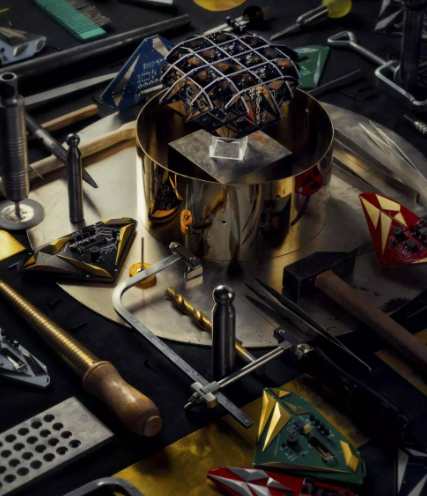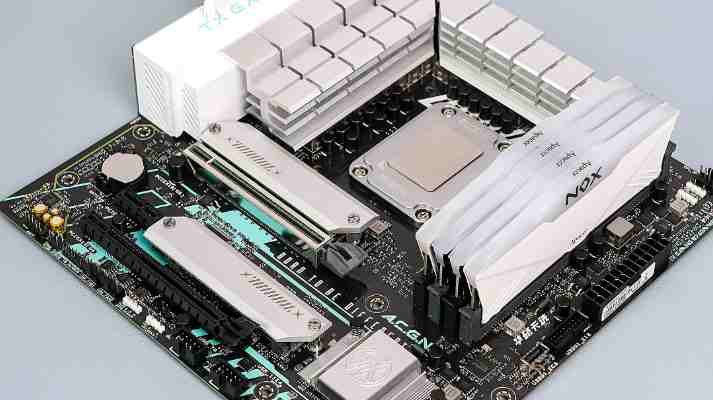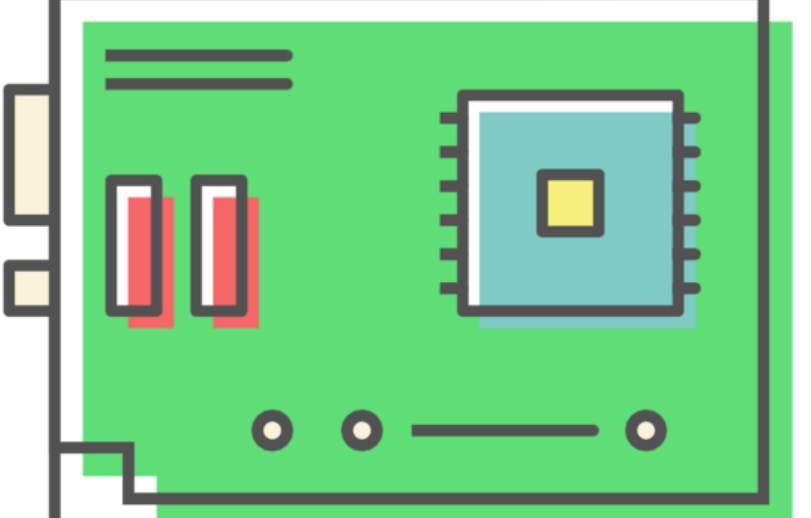
Hongyunlai Electronic Technology Co., LTD., which provides services for customers, believes that selecting suitable circuit board surface treatment and optimizing design is an important step to ensure excellent product performance, but it does not end here? No, you must also ensure that the circuit board factory has the specified material and that the factory is UL certified to use the material. You know, the choice of materials is very diverse. With professional and technical knowledge, we can identify in the selection of materials and specifications. Today, I will share some professional knowledge for the reference of customers who have PCB production requirements.
How should board materials be specified?
The advice is to try not to specify a particular brand or type of material that may limit your options when you end up choosing a factory. The reason for this is that while many well-known brand materials are widely used in PCB manufacturers, some PCB factories have several brands of materials that can meet the required material specifications. In this case, availability and price may be the deciding factor in which brand to use.
This doesn't mean that you can't specify what you know about the material, by no means. If you know from experience that a material is suitable for your product, you can list it and add the words "or equivalent" so that the technical staff and purchasing team at the PCB plant can review the material and provide you with an alternative that meets the functional needs without compromising performance.

Every reputable material manufacturer classifies its products according to IPC 4101 (Substrate Specification for Rigid and Multilayer Printed Circuit Boards) in order to use this specification to identify performance characteristics and classify them, as well as to define the characteristics of the substrate in detail.
General printed circuit board substrate materials can be divided into two categories: rigid substrate materials and flexible substrate materials. General rigid substrate material is an important variety of copper-clad plate. It is made of reinforced Material (Reinforeing Material), dipped with resin adhesive, dried, cut and laminated into blank, then coated with copper foil, using steel plate as a mold, and processed by high temperature and high pressure forming in hot press. The semi-cured sheet used in the general multilayer plate is the semi-finished product of the copper clad plate in the production process (mostly the glass cloth soaked with resin and dried).
There are many ways to classify copper - clad plates. Generally, according to the different reinforcement materials of the board, it can be divided into five categories: paper base, glass fiber cloth base, composite base (CEM series), laminated multilayer board base and special material base (ceramic, metal core base, etc.). If the resin adhesive used by the board is classified, the common paper based CCI. There are: phenolic resin (XPc, XxxPC, FR 1 1, FR 1 2, etc.), epoxy resin (FE 1 3), polyester resin and other types. Common glass fiber cloth CCLS include epoxy resins (FR-1 4, FR-1 5), which are currently the most widely used type of glass fiber cloth. In addition, there are other special resins (glass fiber cloth, polyamide fiber, non-woven fabric as added materials) : bismaleimide modified triazine resin (BT), polyimide resin (PI), diphenyl ether resin (PPO), maleic anhydride imide - styrene resin (MS), polycyanate resin, polyolefin resin, etc.
According to the flame retardant performance of CCL classification, can be divided into flame retardant type (UL94 a VO, UL94 a V1 class) and non-flame retardant type (UL94 a HB class) two types of plates. In the past year or two, with more attention to environmental protection, a new type of flame retardant cCL without bromine has been developed, which can be called "green flame retardant CCL". With the rapid development of electronic product technology, there are higher performance requirements for cCL. Therefore, from the performance classification of CCL, it can be divided into general performance CCL, low dielectric constant CCL, high heat resistance CCL(general plate L above 150℃), low thermal expansion coefficient CCL(generally used for packaging substrate) and other types.
With the development and progress of electronic technology, new requirements for printed board substrate materials are constantly put forward, thus promoting the continuous development of copper clad board standards. At present, the main standards of substrate materials are as follows.
At present, China's national standards for substrate materials include GB/T4721 -- 4722 1992 and GB 4723 -- 4725 -- 1992. The CNS standard in Taiwan, China is based on JIs. Printed circuit board, also known as printed circuit board, printed circuit board, English abbreviation PCB or PWB, is an important electronic component, is the support body of electronic components, is the electrical connection provider of electronic components. Because it is produced by electronic printing, it is called "printed" circuit board.
Hongyunlai Electronic technology to give you the best quality SMT patch processing,PCB production, embedded system research and development, electronic processing, embedded motherboard,PCBA contract materials, Guangzhou PCBA processing services.









